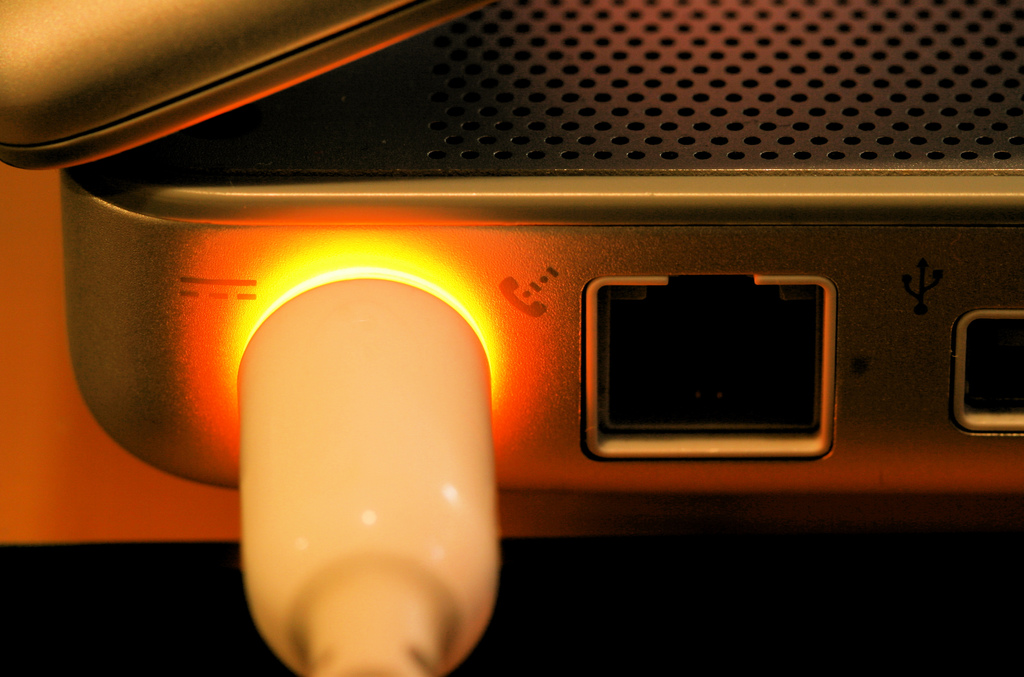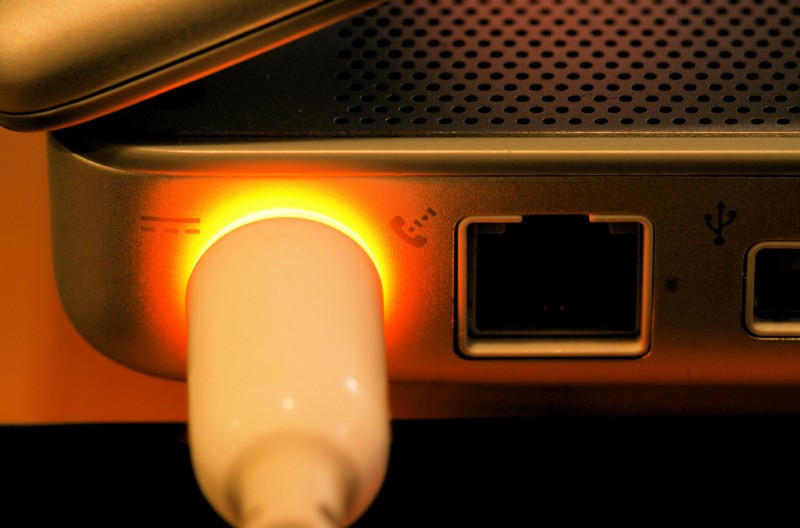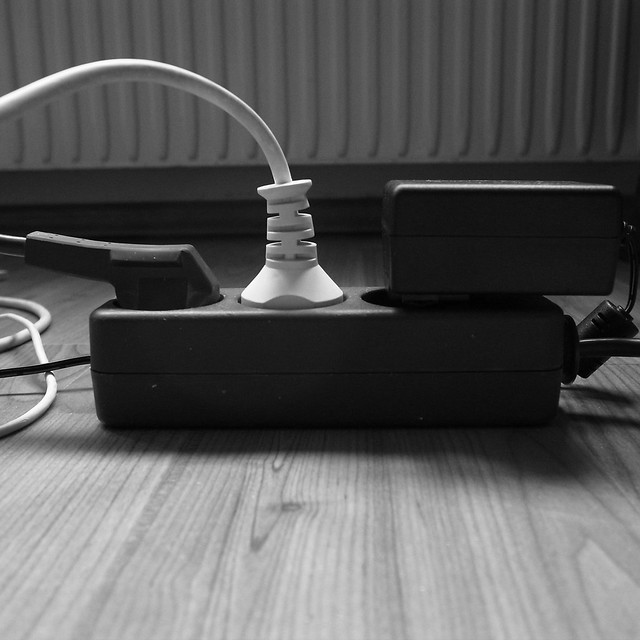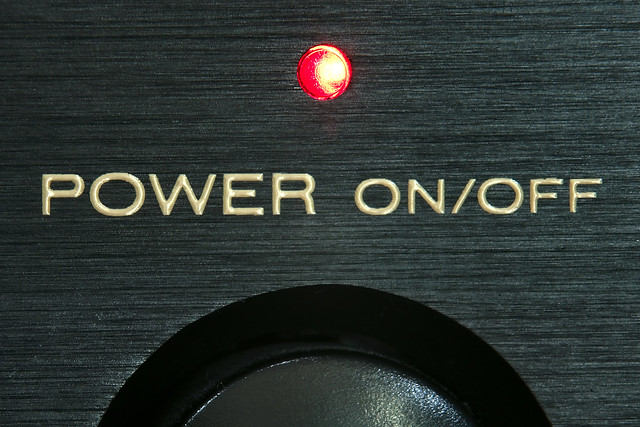Back when I lived, studied, and worked in Scotland, I bought most of my devices once I got settled in the UK. It was easier, to me, to get things like a pay-as-you-go phone, alarm clock, and a hair dryer upon arriving. But I did take with me one thing I was sure I’d need overseas: my American curling iron.
Vagabondish is reader-supported. When you buy through links on our site, we may earn a small affiliate commission. Read our disclosure.
One cold evening in Edinburgh, I had a hot date so I broke out my curling iron and went to work to try and look my best. Well, it was a hot night all right, and my hair never got curled.
Burned? Yes. Severed? Yes. Curled? No.
In fact, the iron melted apart whilst in my hair. There I was holding the plastic bit in my hand, horrified that the metal wand had melted off and fried itself into my do. I had to cut it out of my hair, but not before I burned the bejesus out of my hand.
I had to learn about how to travel with must-have gadgets the hard way. Lest you repeat my miserable mistake and wind up with fried hair and a frozen bag of peas against the palm of your hand, listen up: all devices are not created equal. Play it safe by knowing your gadgets!
Are You Single?
First, found out if your device is single or dual voltage. This will determine whether you need an adapter or a converter. Cross your fingers that you need only a plug adapter because adapters are lightweight, cheap, and easy to find; as opposed to the chunkier, heavier, and more expensive voltage converters that are mostly useful for people who are relocating overseas.
Single voltage devices need to be properly converted as they aren’t designed to do so by default.
Many personal devices are dual voltage, meaning they can automatically convert to and from differing voltages and only need plug adapters. Think mobile phone chargers, laptops, Mac books, iPads, cameras: things that need to be recharged in general. However, single voltage devices/appliances need to be properly converted as they aren’t designed to do so by default.
Find out which is what by locating the indications label, also known as the power label, on your device. It may be a sticker, but many times it’s a bunch of seemingly nonsensical numbers molded onto the power supply. The standard voltage for the US and its devices is 110-120V, while most other countries use 220V. So if your label says something like 110/220V or 110~220V, it’s a dual voltage device. However, if you see something simpler like just 110V, it’s single voltage. Easy.
So You’re Dual Voltage … Now What?
If you’re dual voltage, hurray! All you need is a plug adapter. Simple enough? Kind of. Since foreign electricity is so complicated, you need to get the plug type just right.
If you’re visiting multiple countries, you may need more than one plug adapter since different countries have different outlets. For example, you can’t just hop between London, Paris, and Rome with the same adapter. Find a universal kit that can sort you out for every adventure your heart desires.
You can use a plug type guide like this one to see which one(s) you need, and take it from there. If you’re in the States, try places like RadioShack or Best Buy. Otherwise, the web (Amazon, eBay, et. al.) is full of possibilities. You can always buy an adapter in your destination, but you may want to find the best prices beforehand so you don’t get ripped off at an airport or waste time locating a dealer on foreign streets.
Watt You Need Is …
Your first step in choosing a converter for your single-voltage device will be to find out the wattage of your device/appliance. Check that power label again, and this time find the W to get the amount of watts your gadget uses. The converter you’ll need should have a wattage that’s at least two or three times – three times to be super safe – higher than the W digit you found on your device. For instance, should you want to take with you a 500-watt TV, buy a 1500 watt converter to be safe.
Can’t find the W? Look for the V and the A (voltage and amps), then multiply those to get the watts. V x A = W. I loathe math, but even I know that’s pretty simple.
Another factor in choosing a converter is knowing if you need a step-up or a step-down converter. Many converters are built to do both, so then you’re covered either way.
But just so you know, a step-up converter will change the voltage from 110-120V to 220-240V. This means you can take an American 110 or 120V device and convert it in a 220 or 240V country, and the step-down converter allows for just the opposite.
If you’re relocating for a short-term stay, you’ll really only need the kind of basic converter with a 90-day or so warranty. However, the heavier-duty converters suited for a more permanent move typically come with at least a 5-year warranty. If you’re going to a country with unstable voltage, make sure your converter has a surge protector, also called a voltage regulator, that will stabilize the voltage during conversion.
Got It?
So there you have it. Simple. In less than a thousand words, you’ve not only learned all about my embarrassing Scottish date FAIL, but you’ve also gained all you need to know about converting safely on your next adventure.
Remember: reading the label is where it’s at. And if all else fails, I’m sure there’s a shop near you with plenty of frozen peas to save the day.





